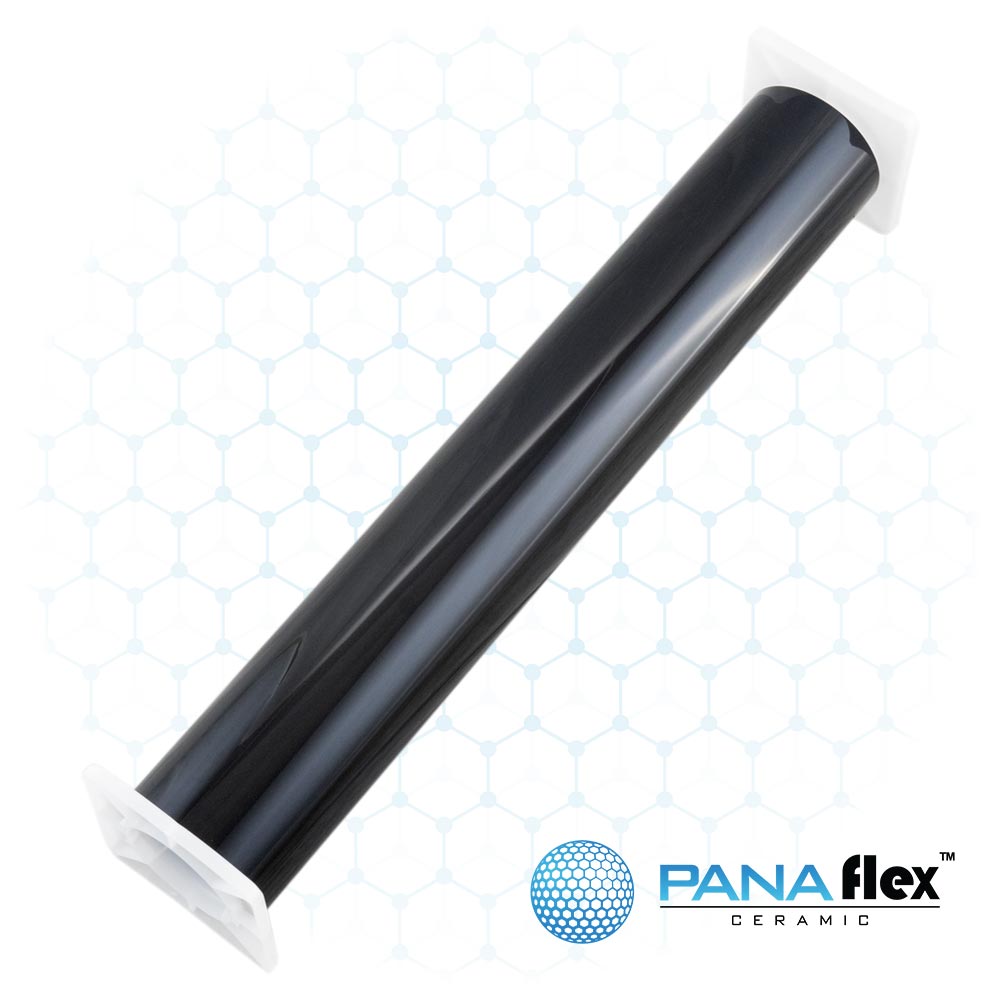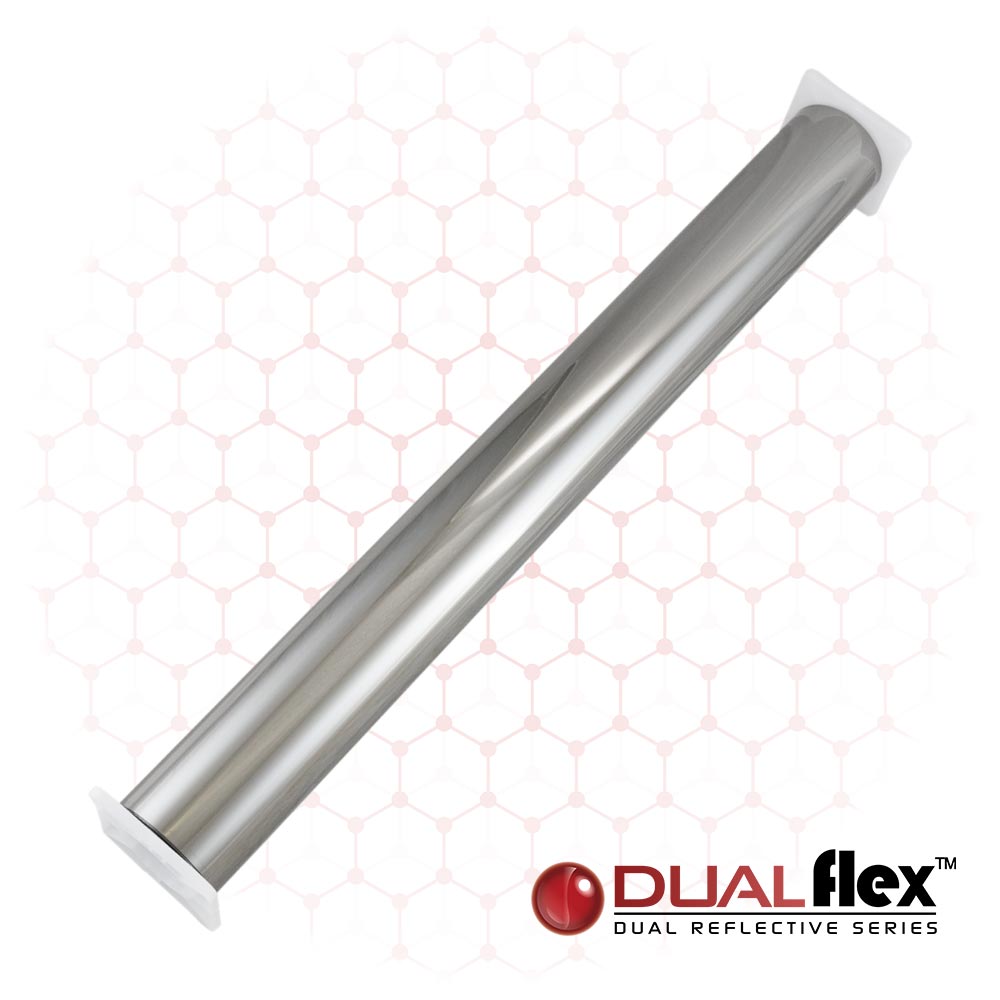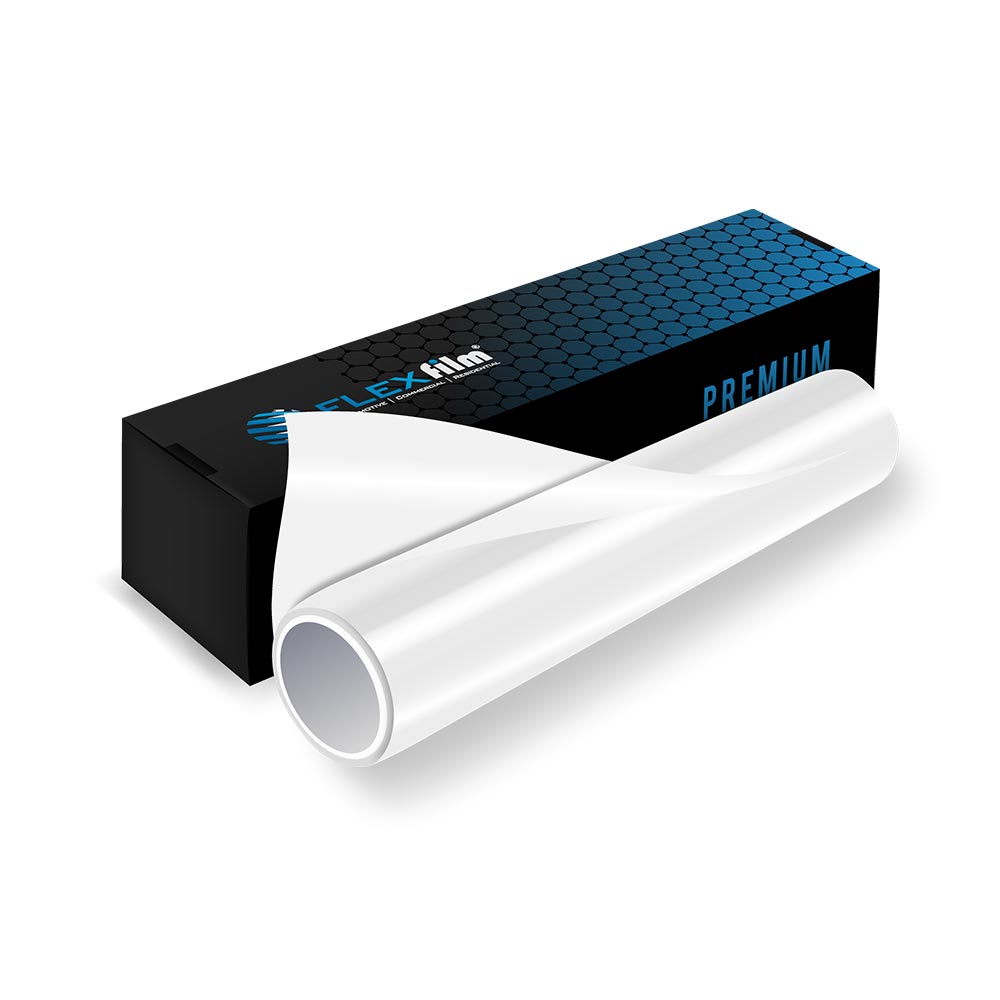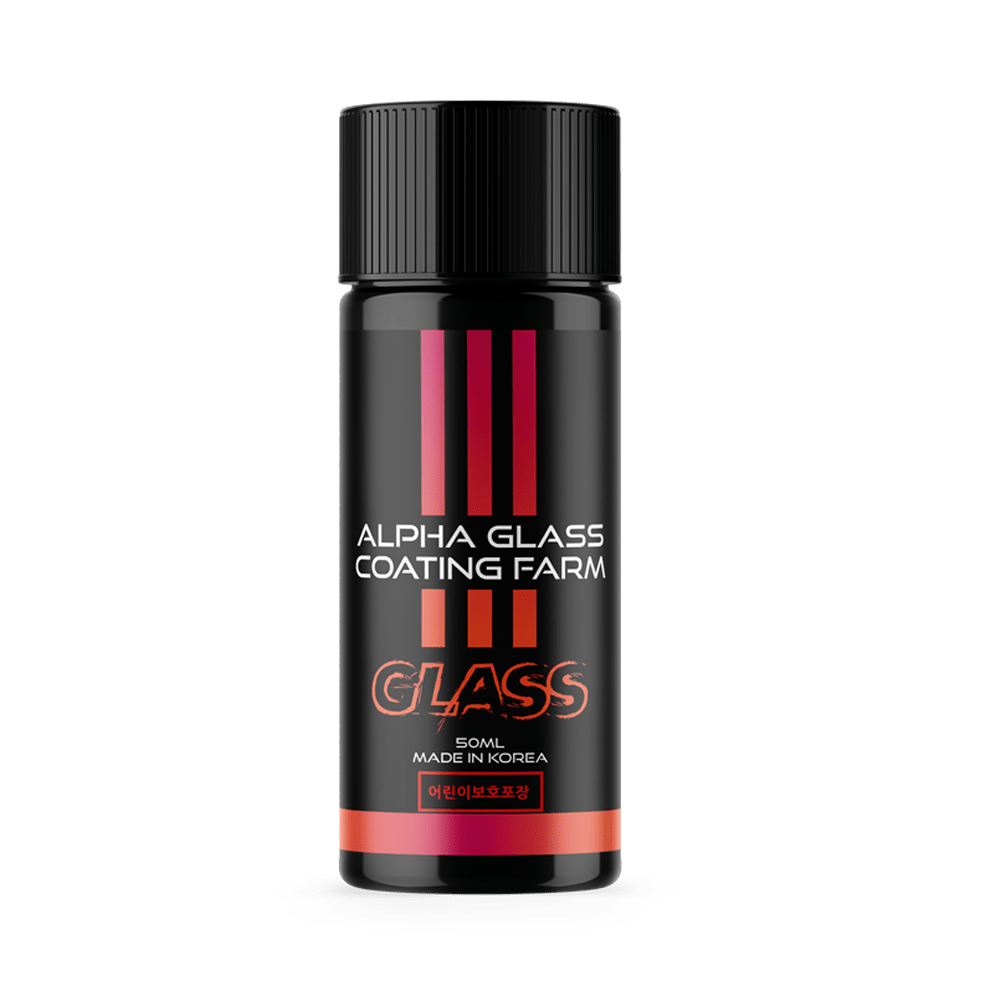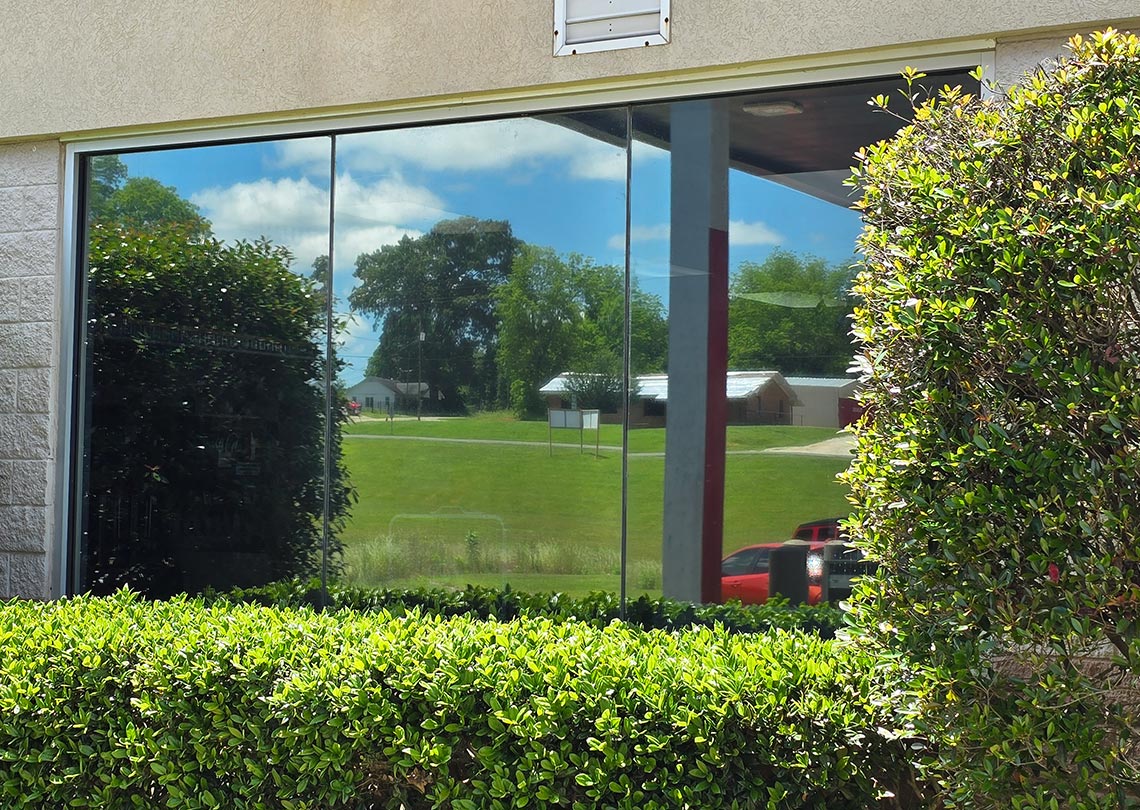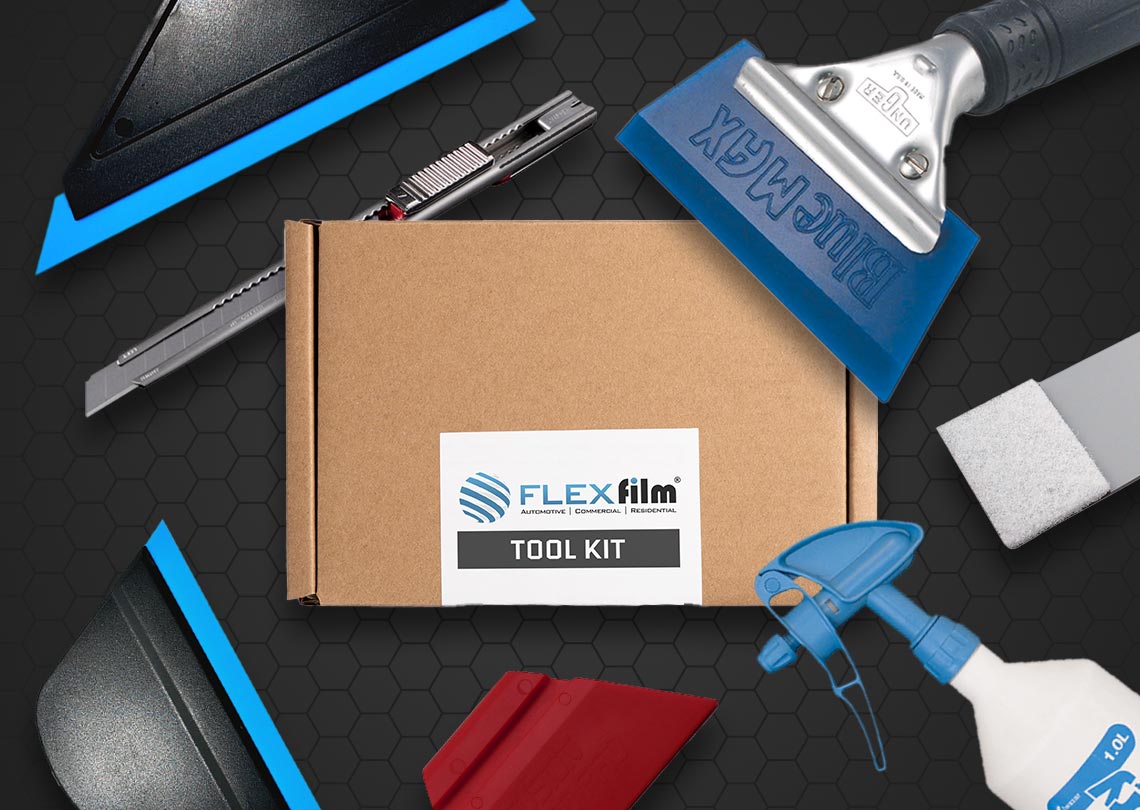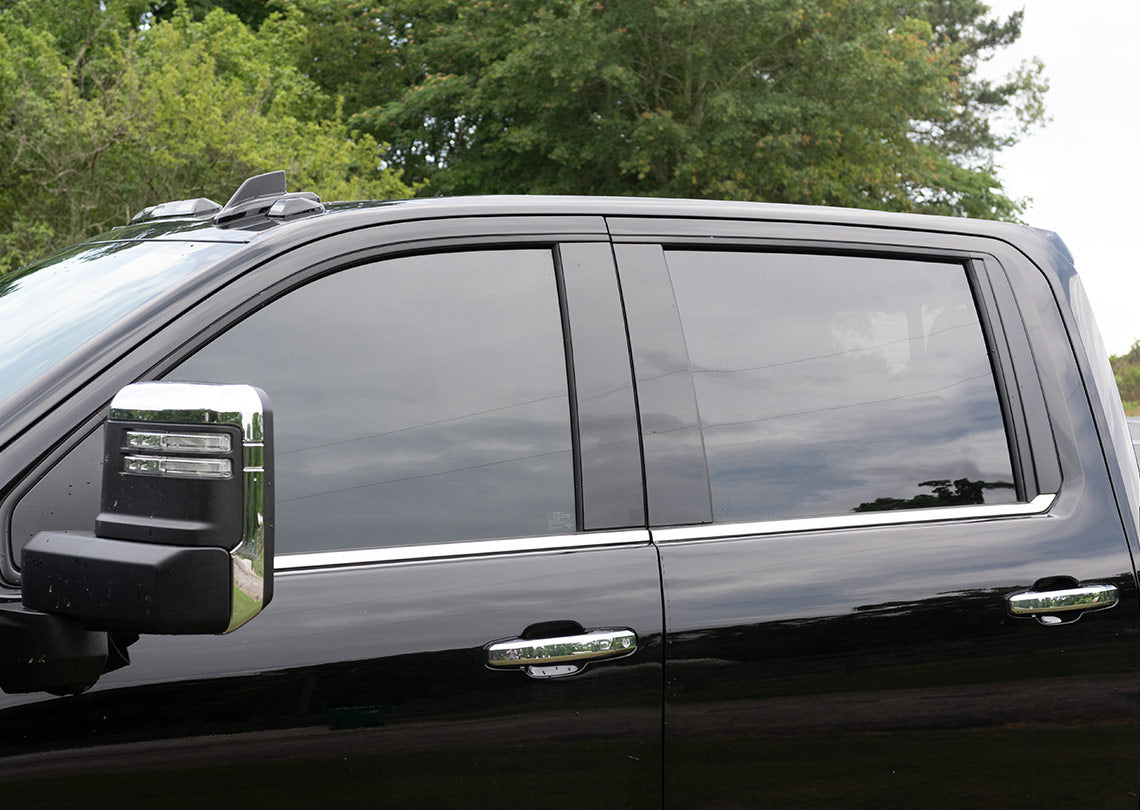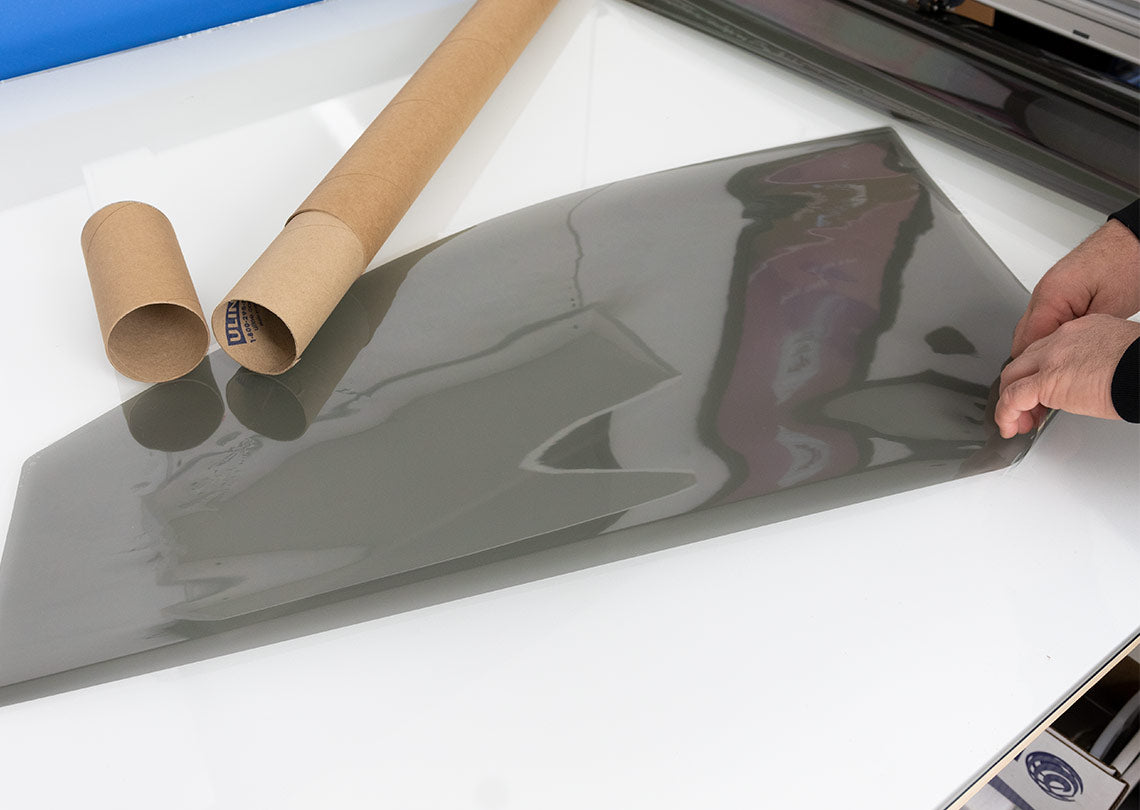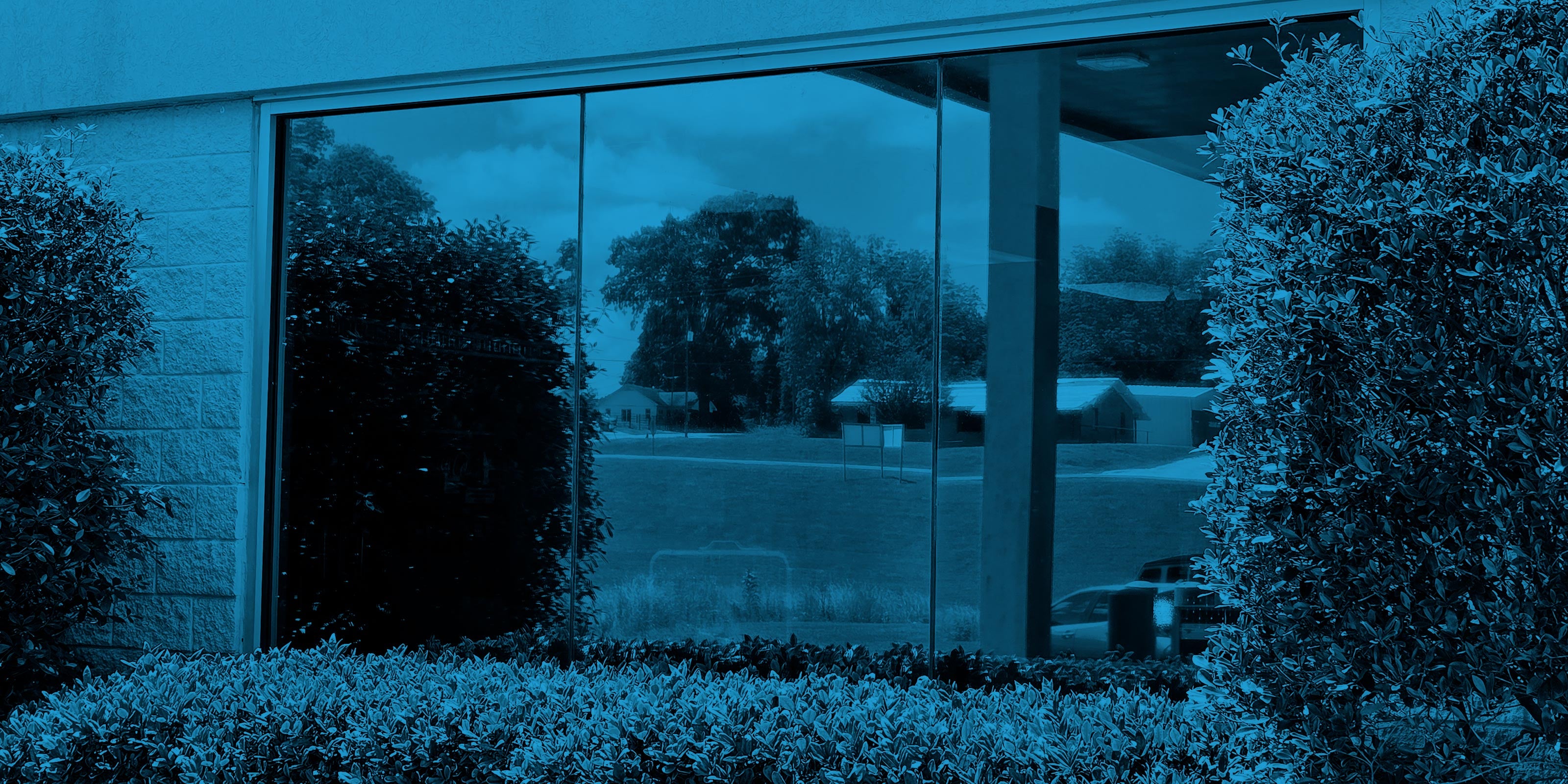
Comfort, Protection, and Savings
The Key Benefits of Architectural Window Film
Architectural window film offers a range of practical benefits, making your home or office more comfortable, secure, and energy-efficient. From blocking harmful UV rays to reducing heat and glare, window film enhances the indoor environment while providing added privacy and safety. It also helps save on energy costs by improving temperature control year-round. Here's a closer look at the key benefits:
Looking for automotive film benefits instead?
Architectural Window Tint BenefitsArchitectural Flat Glass
Benefits

UV Protection
Window film blocks up to 99% of harmful UV rays, helping to protect your skin and prevent fading or damage to furniture, flooring, and interiors.

Heat Rejection
Window film reduces heat from the sun, helping to keep indoor spaces cooler and more comfortable, especially during hot weather.

Glare Reduction
It minimizes glare from the sun, making screens easier to see and reducing eye strain for a more comfortable indoor environment.

Enhanced Privacy
Tinted or frosted films provide increased privacy by limiting visibility from the outside, making your home or office more secure and private.

Safety & Security
Window film adds a layer of protection by holding broken glass together, reducing the risk of injury during accidents or break-ins.

Save on Energy Costs
By reducing the need for air conditioning, window film helps your car’s cooling system work more efficiently, potentially lowering fuel consumption.
Find The Perfect Solution
Whether you're a seasoned pro or a DIY weekend warrior, Flexfilm has the perfect solution for your window film needs. From powerful heat rejection and complete UV protection to enhanced privacy and glare reduction, we have a film that’s right for your project. With Flexfilm, you can count on durable, professional-grade products to get the job done right.
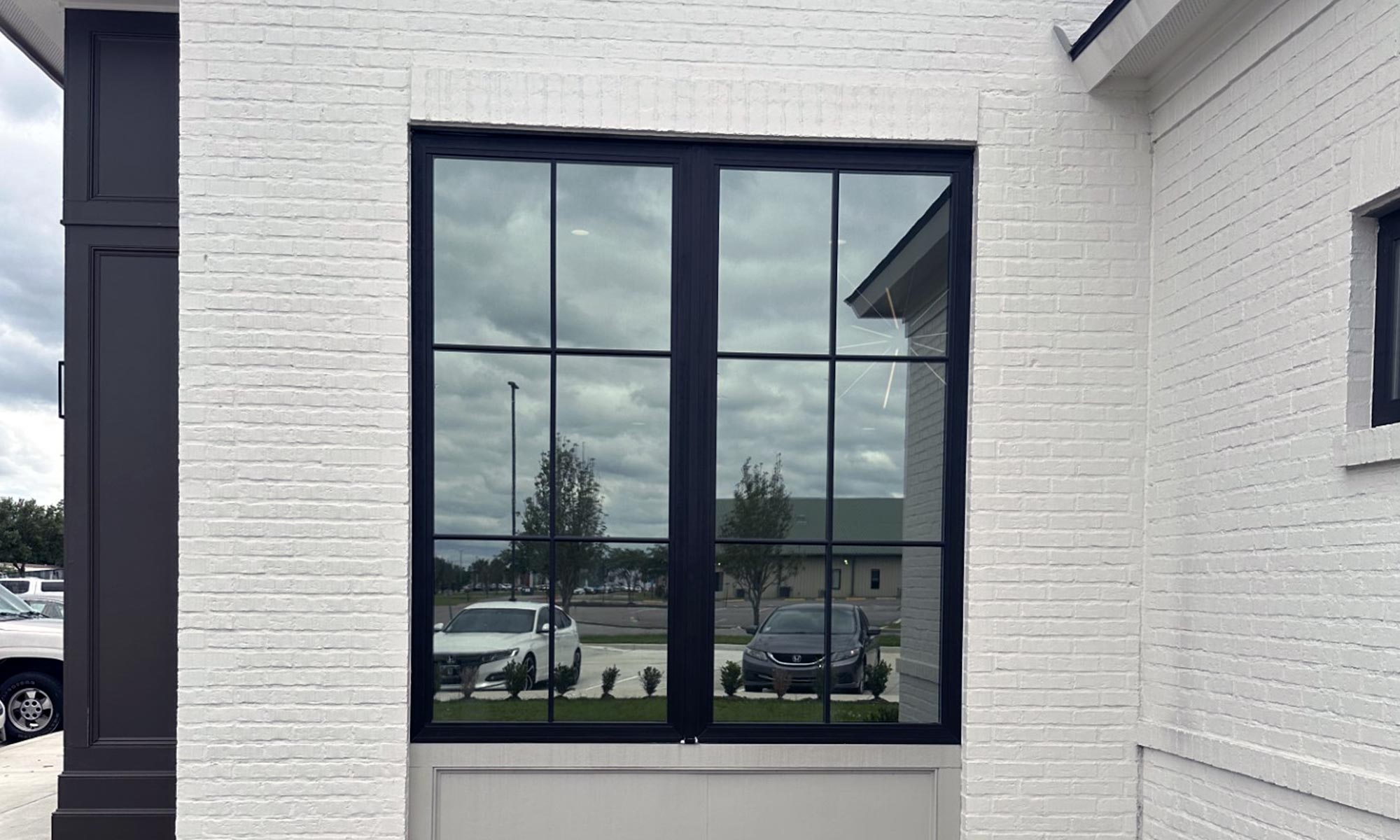
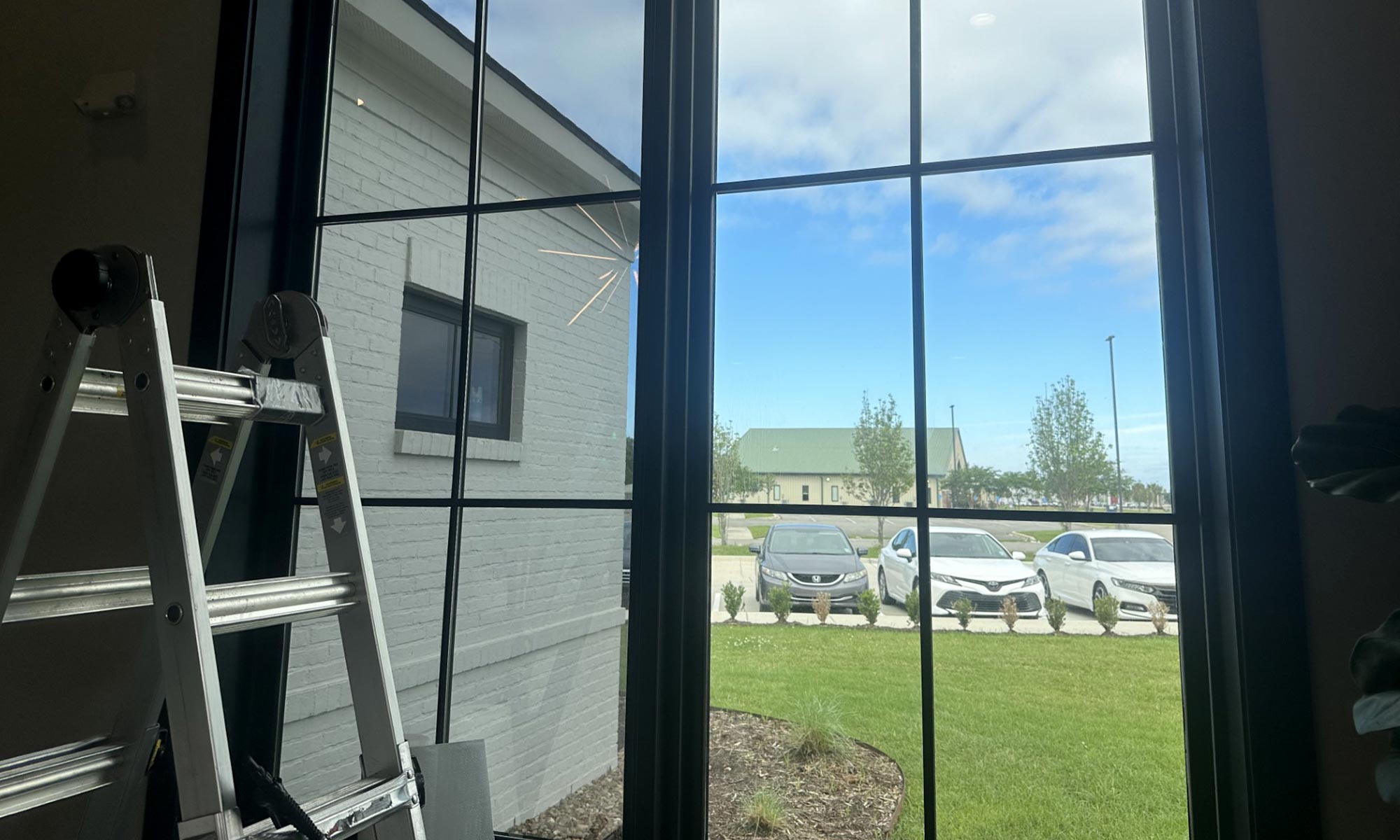

Visible Light Transmission (VLT)
Choosing A Shade
In architectural window films, the shade or Visible Light Transmission (VLT) refers to the percentage of visible light that passes through the film—the lower the VLT, the less light enters. Lower VLT films are darker and provide greater heat rejection, glare reduction, and privacy. However, they also reduce the amount of natural light inside and can increase exterior reflectivity, creating a stronger mirror effect compared to higher VLT films. Whether you choose dual reflective, silver reflective, sputtered, or any other type of film, the VLT level influences how much solar energy is reflected or absorbed, impacting energy efficiency, interior comfort, and aesthetics. Selecting the right VLT for your project involves balancing your needs for heat control, privacy, and natural light while considering the desired visual appearance from both the interior and exterior.
Frequently Asked Questions
Need more information about architectural window tint? Check out our FAQ, where we cover almost every question you might have about architectural window film.
Why is architectural window tint often reflective and shiny, resembling a mirror?
Architectural window tint typically has a reflective, mirror-like appearance due to the metallic components in the film. These metals offer key benefits such as solar heat rejection to lower cooling costs, glare reduction for better visual comfort, and UV protection to prevent fading and skin damage. Reflective films also provide daytime privacy by creating a one-way mirror effect. The level of reflectiveness varies depending on the film's shade, with some offering maximum heat rejection and others a more subtle look. For a great option, check out our Dualflex dual reflective film, which combines a reflective exterior with a carbon interior layer to maintain visibility. Keep in mind that the privacy effect is most effective during the day, so additional treatments may be needed for nighttime privacy.
Can architectural window tint be non-reflective?
Yes, we offer an architectural ceramic series called Panashield and Nanoshield, which provides a non-reflective appearance while maintaining visibility due to its light shades. These films are perfect for those seeking a subtle look without compromising on performance.
How do I choose the right film?
When selecting a window film, understanding your specific needs is crucial. Our goal is to help you find the perfect solution for your solar control issues, enhancing comfort and safety in your architectural spaces. Here are the common challenges we address:
- Heat Reduction - Minimize heat build-up to keep interiors comfortable without excessive air conditioning use.
- Protection - Shield furnishings from the damaging effects of sunlight, extending their life and vibrancy.
- Glare Reduction - Improve visual comfort by reducing the harshness of bright sunlight.
- Privacy - Increase seclusion for glass-walled areas without compromising on light.
- Aesthetics and Design - Enhance building appearance with decorative film options.
- Safety and Security - Reinforce windows to resist breakage and provide an additional layer of security.
You can shop all of our architectural films by clicking here.
Is architectural flat glass film applied on the outside or inside of a window?
That depends on the type of film you are applying.
- Dualflex dual reflective film: inside
- Chromoflex silver reflective film: inside
- Sputterflex sputtered film: inside
- Vandalflex anti-graffiti film: outside
- Safetyflex safety and security film: inside
- Specialty/decorative: inside
- Panashield/Nanoshield ceramic film: inside
What is one-way daytime privacy, and how does window film achieve this?
One-way daytime privacy refers to a window treatment's ability to allow people inside a building to see out while preventing those outside from seeing in during daylight hours. This effect is achieved through the use of reflective window films that have a mirror-like appearance on the exterior side when exposed to sunlight. The principle behind this effect is based on light differential: during the day, the brighter light outside causes the film to reflect the external environment, thus creating a mirror effect when viewed from the outside. Meanwhile, the interior, being less bright, allows occupants to see through the film to the outside.
The effectiveness of one-way daytime privacy depends on the light levels on either side of the window. At night, when the interior is typically brighter than the exterior, the effect can reverse, and visibility from outside to inside can increase. For this reason, additional privacy measures may be required during nighttime hours, such as curtains or blinds, to maintain privacy.
Window films that offer one-way daytime privacy are ideal for settings where privacy during the day is a priority, but natural light is still desired. They are popular in residential homes for rooms facing busy streets, as well as in commercial settings where there is a need to shield interior spaces from public or neighboring views without sacrificing the openness and welcoming nature of natural light.
What is the difference between architectural and automotive window film?
Architectural and automotive window films are designed for different purposes, each with tailored properties for their respective applications. Architectural films are primarily used in buildings to improve energy efficiency, reduce glare, enhance privacy, and add aesthetic value, with a focus on reflecting solar energy. They are highly durable, designed for large flat glass surfaces, and some offer safety and security features by holding broken glass together. Automotive films, on the other hand, are used to reduce heat, glare, and UV exposure in vehicles. These films are typically absorptive, flexible enough to conform to curved windows, and come in a range of tints for both functional and aesthetic purposes. Understanding these differences helps in selecting the right film for specific needs, ensuring optimal performance and longevity.

Dealer Rewards
Start earning points that can be applied as store credit on your next online purchase.

Order Online 24/7
Shop our products online and check out anytime, 24/7, from anywhere!

Call To Order
Call us directly to place your order during business hours, Monday - Friday, 8:00 AM - 4:00 PM CST.
